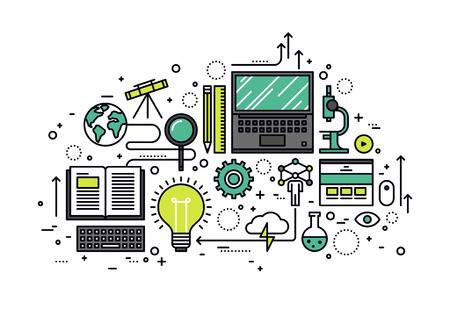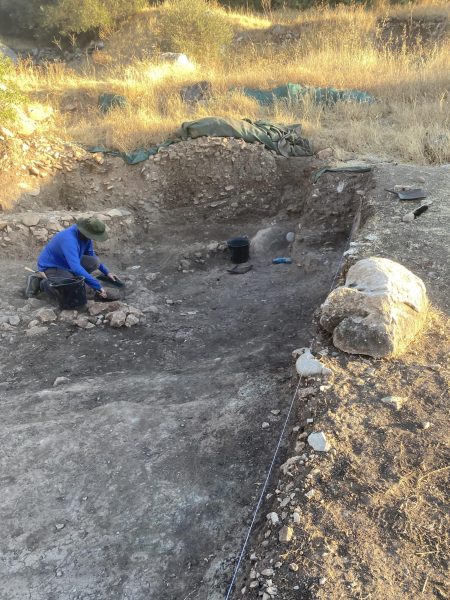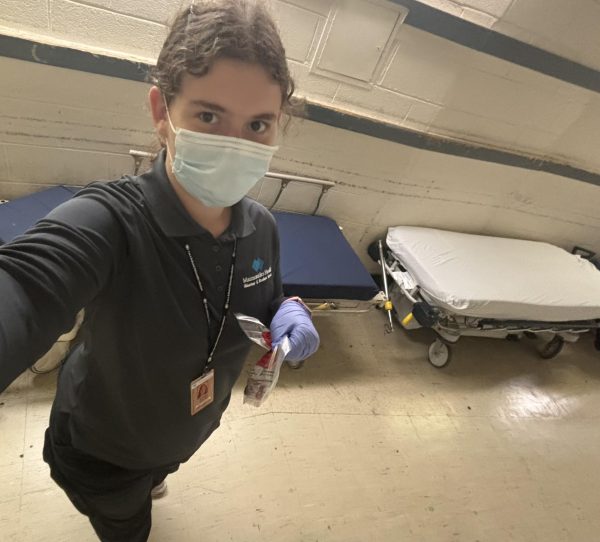Technology Update

As society progresses into an age where technology is the cornerstone of people’s lives, Ramaz has the opportunity to advance its technological infrastructure and its integration of technology into students’ and teachers’ lives. The administration must address the technological infrastructure of Ramaz and the way in which students and teachers integrate technology into the classroom. By thoroughly examining and understanding the issue, Ramaz can continue to do its best to meet these challenges.
One generalization that many students make about the technology at Ramaz is that everything in the school is broken, obviously. This is definitely not the case. While there are many times when SMART boards in some classes don’t function perfectly or the computers in the library don’t work, it does not mean that Ramaz’s technology base is wholly dysfunctional.
A common complaint students make is that everything in the school is broken, an obvious exaggeration. While these issues are not as bad as the students perceive them to be, there is still a problem. For the teachers, the unreliability of some of the technology in the school has had a negative impact on their teaching. Cris Chuc, the User Support Technician for Ramaz Upper School, explained that on average, 7-10 teachers per week ask him to come into their classes to fix an issue with technology that is “disrupting their class-time.” Room 603 in particular is notorious for its broken SMART board. Rabbi Stern, who teaches in that room often, asks Mr. Chuc to fix the smartboard there on a regular basis. The SMART boards in a few of the other classrooms throughout the school also cause trouble— they do not turn on quickly, clearly project an image, or in some cases, allow the teacher to write on it using the SMART markers.
Teachers’ personal school computers regularly cause them trouble as well. Dr. Jucovy recounted a specific time where similar issues impeded his teaching: “One time, there were some materials that I planned to give out to my students for that day’s lesson. Approximately 30 minutes before the start of my class, I went to the computer to print out the materials. When I got there, it took over 5 minutes for the computer to boot up, and once it turned on, the computer froze, forcing me to reboot the computer and start the process over again. When I was finally able to open up the documents to print them, the computer froze once again, and before I knew it, the bell rang, and I had to go to class without the materials that I needed for my students.” Regarding the SMART boards in class, he noted that “the amount of time that it takes for the SMART boards to boot up in the classroom regularly cuts into class-time, to the point where it becomes extremely frustrating for me as a teacher.”
The general procedure for fixing these SMART board and computer issues is reactive, not proactive. Mr. Chuc explained that the technician staff members manage these issues through a website called Spiceworks. Unless the issue is user-specific (i.e. the SMART board in a classroom doesn’t work because a student unplugged the connection to the computer), every time Mr. Chuc is summoned to fix an issue he logs a ticket into Spiceworks. Then, a technician determines whether the issue involves fixing hardware or software, and then either fixes the issue or finds someone else who can do it. Through this system, the staff members fix the technology issues on a case by case basis, not by actively seeking out potential problems before they arise. One such proactive step would be to have IT staff test all technological equipment at the school each day, reducing the chances that issues arise during class-time.
Ramaz students see the strengths and weaknesses in the technology accessible to them at Ramaz. Following the recent refurbishment of the library, the library has become a primary environment for students socialize and study. Therefore, the technology available to the students in the library should be fully updated. Of the 54 students who responded to a poll on schoology soliciting students’ opinions about the technology in the school, 52 (96%) students agreed that library computers are an aspect of technology that needs to be fixed. 37 (68%) students also agreed that Wifi and printers in the library are areas that can use significant improvement. Of the 28 students who responded to an optional question in the poll, 27 students indicated that they would like to see charging stations in the library. Students expressed their hopes for an easily-accessible way to charge their phones and all types of devices during the day.
For many students, the dysfunctionality of some of the library computers presents a major issue. Not every student has a working printer at home, so some may depend on the library computers to print assignments and study materials. Additionally, students use the library computers during free time in school, but unfortunately, many students have given up on expecting them to work. During the library refurbishments, a row of computers was removed, reducing what was already an insufficient number during rush times to a mere handful. Often, all but one of the computers will be broken, creating a line of students waiting to use the sole survivor. “I don’t try to use the library computers anymore,” said Joey Kaplan ’20. “I know that they don’t work, so I try to bring my own to school when I can. It’s not as good as the school computers because I can’t print from my laptop.”
As Kaplan expressed, students would like to print wirelessly from their personal computers. Mr. Chuc explained that while the IT department is actively working on implementing wireless printing, it is more complicated than one might expect. “We have to differentiate between printers that students can and can’t have access to,” explained Chuc. “We also need to configure our servers and have both a testing and an implementing process, which is not ideal during the school year when students are working all day. During the summer, we perform all of our upgrades on technology that does not work. We are definitely taking this issue into consideration and hope that students can benefit from it in the near future.”
For Mr. Cannon, updating the technology in the school entails “upgrading our student information system, increasing Wifi capabilities and continuing to support the technology initiatives that the faculty are bringing forward.” This is the first step in a two-step process to integrate more technology into the classroom. “We know how eager our teachers are to use more technology in the classroom,” said Mr. Cannon, “and we have to make sure that we have the infrastructure stabilized and the supports in place before being able to expect more.”
Other high schools, specifically SAR High School, have moved toward further integration of standardized technology by giving every student a school-issued iPad. Some teachers feel that this idea could work well. “I am a strong believer in handing out technology to the students,” said Dr. Jucovy. “I would love to be able to have students working on identifying answers to certain types of questions in the classroom using technology. But there is no way that I am going to plan my lessons around using technology if I have to go to the library to bring Chromebooks for the students or ask students to take out their phones and sign on to them. If every student had a Chromebook, he or she would be able to work right from it and teachers would be able to seamlessly integrate technology into their lessons.” Some students, however, are wary of this idea. An anonymous student in the poll wrote, “Having laptops in the classroom can already be a big distraction. They’re helpful, but they are so easily abused, even by the most conscientious of students. I can’t imagine what introducing more technology would be like in terms of a focused class.”
The Ramaz administration is working to adjust to the new technological standards which arise every day due to the constantly evolving frontiers of tech. As Mr. Cannon said, “We are committed to Ramaz having the technology and also the vision that will keep us as a school in the forefront of educational excellence.”

Zach Buller has been an active member of The Rampage staff since the first week of his freshman year, and now serves as Co-Editor-in-Chief. In his four...


